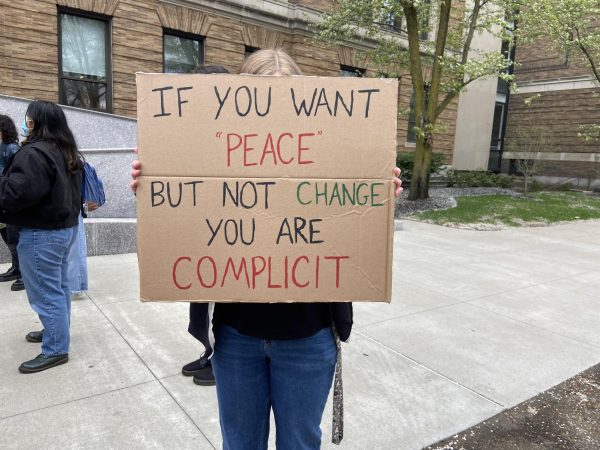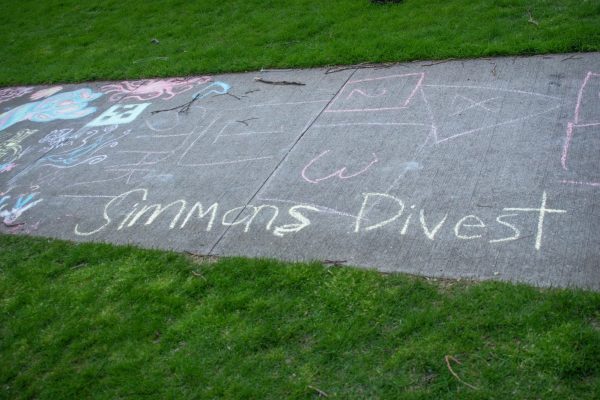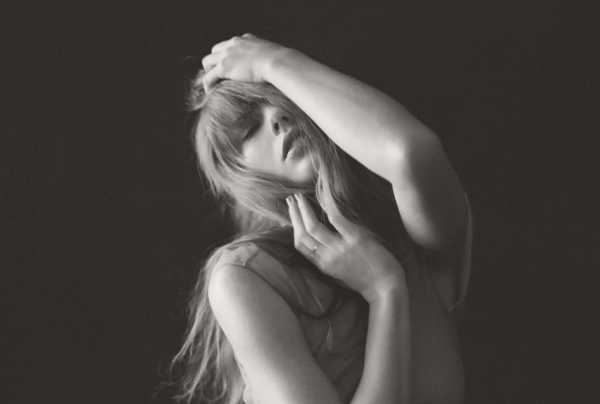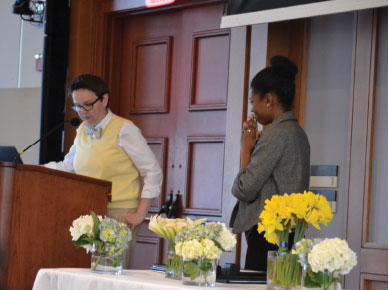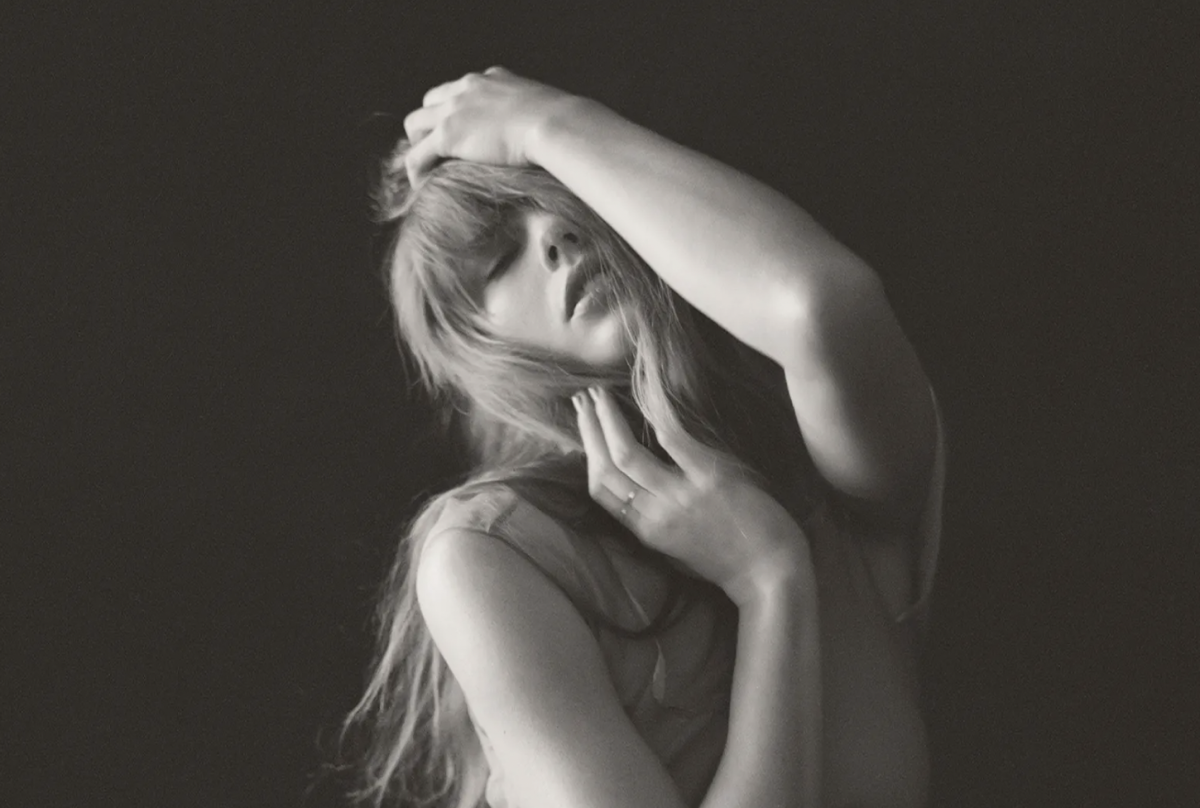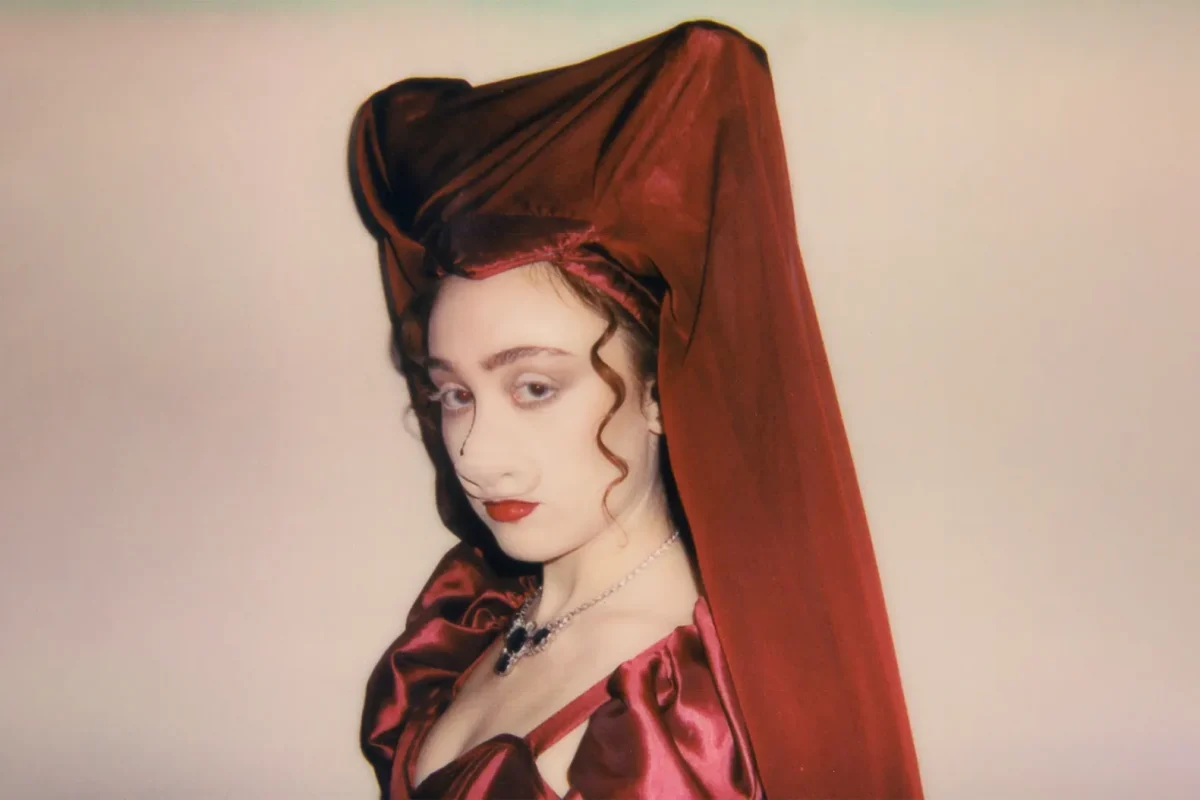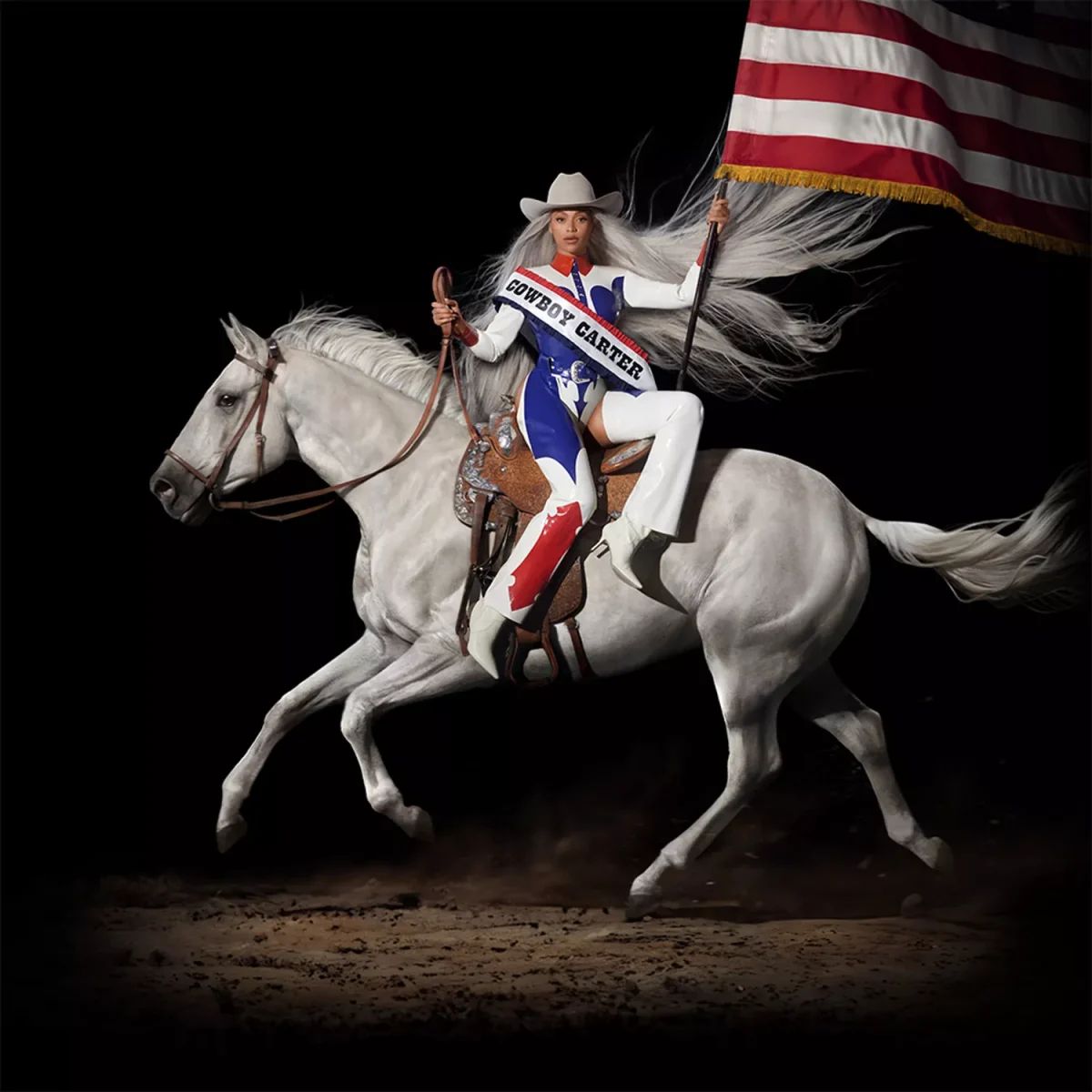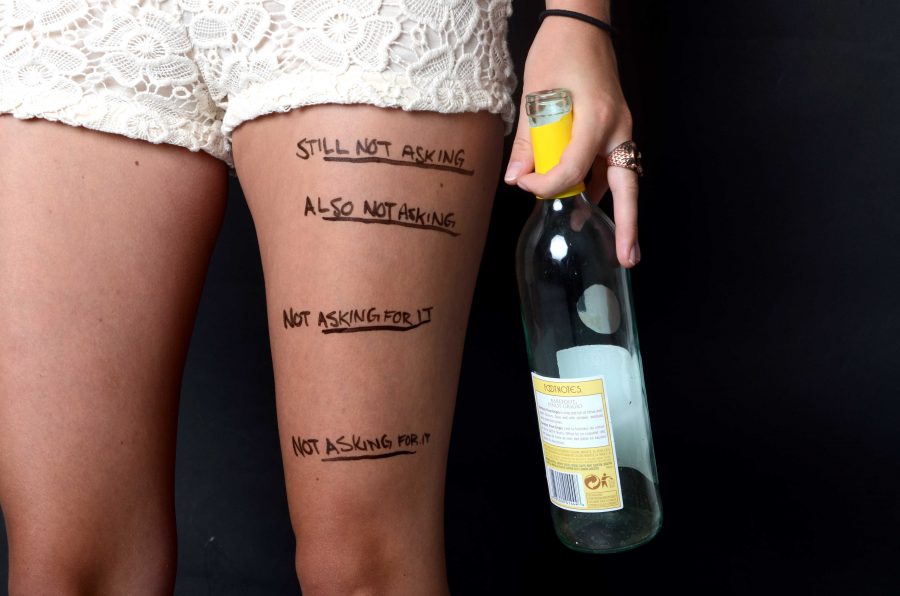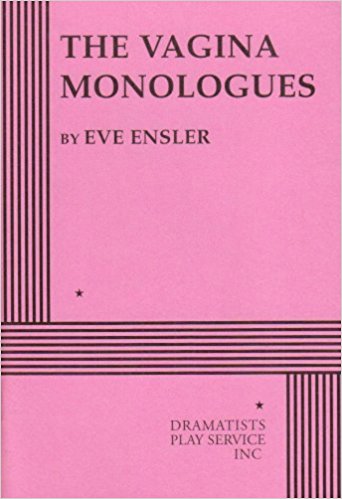By Jessie Kuenzel
Staff Writer
Everyone doodles. We doodle as children on restaurant placemats, as teenagers in the margins of our class notes, and as young adults…in the margins of our class notes. Doodling is the instinctive response of our bodies when we have a pen or pencil in our hands and a brain that’s ready to wander.
As Maria Thomas and Rick Roberts discovered—like many before them—doodling can be a great escape for the mind from the tedium or stresses of everyday life. Unlike others before them, Thomas and Roberts capitalized on their discovery and have begun sharing their unique method of doodling for meditation with the rest of the world.
Known as the Zentangle® method, this style of art has absolutely taken off and hundreds of thousands of people around the world have begun “tangling”—drawing in the Zentangle® style.
Whether you’re an established and experienced artist, or someone who—like me—is about as good at drawing as an earth worm is at flying, the Zentangle® method is an exercise in art and mediation that everyone can enjoy.
The official website, zentangle.com, describes Zentangle® as “an abstract art form consisting of one or more repeated patterns, drawn in an unplanned manner and sequence. The method was created in 2003 by Rick Roberts and Maria Thomas as a meditational art form taught as a means of focus, relaxation, and creativity enhancement.”
The idea for combining the concepts of meditation and art came when Thomas, so absorbed in her drawing, failed to hear Roberts calling her repeatedly. Once she emerged, Thomas described the state of focused attention that she was in, which Roberts recognized as a meditative state—which he had learned in his years as a monk.
The Zentangle® method is a lot less scary and art intensive as it might sound at first. When I first saw a tangled piece of work, I fell in love. I also was immediately intimidated and saddened because I “knew” that I would never be talented enough to make such beautiful art. The more I learned about the Zentangle® method, the more it seemed that maybe this would be something I could try.
The first rule of Zentangle® is that there are no rules. It’s not like other art forms you might have encountered, with a more structured approach. If you can hold a pen, you can create tangles—I pinky swear. Every tangle is made up of three basic parts: the tile, the string, and repeating patterns.
A “tile” is just the square or circle that the actual drawing happens in. Tangles are usually completed in one sitting, so the size of the tile is often between 3 and 5 inches, but literally anything—from a birthday card to a T-shirt—can be tangled once you have the hang of it.
A “string” is just the line that divides up the tile into smaller pieces to be filled. It’s the simplest thing ever. Just take a pencil, drag it randomly across the canvas, and—voila!—you have yourself a string.
The patterns are what fill the spaces created by the string. Of course “tanglers” (anyone drawing in the Zentangle® style) are always encouraged to make up their own patterns, but there are also hundreds of beautiful and amazingly simple patterns broken down into step-by-step instructions for those of us who need a little extra help in the mark-making field.
The only things you need to be able to draw Zentangle® patterns are circles—or just circle-ish type shapes—and relatively sort of straight lines. Every pattern I have tried, even the intricate ones, were easy once they were broken down into small steps.
Tangles are drawn without any planning. You just draw your string, get your pens, and go. Typical tangles are drawn in black ink on white paper or—for those who are adventurous enough—on black paper in white ink. A few pens and some paper is all you need to get started on your very first tangle.
Since I’ve started tangling—and yes these are the official terms outlined on the website, not just words I’ve made up—I’ve fallen in love. I used to hate drawing because I was always disappointed that my final product never looked like that the one I had envisioned in my head. The beautiful thing about the Zentangle® method is that you don’t have a plan, you just go, and then you are wonderfully surprised and pleased by your final product.
Zentangle® isn’t about perfection. It’s not about stick straight lines and symmetrical patterns. It’s not about the finished product at all. It’s about the process of creating, and the inner peace that can come from it.
If you want to learn more about the official Zentangle® method, visit zentangle.com, or find a certified Zentangle® teacher in your area. There are also hundreds of free resources online for beginners to access, from patterns to tips and advice. It’s probably more fun than you’d expect to have with pens and paper, and definitely much easier than you’d think. Give it a try, you might be surprised.




